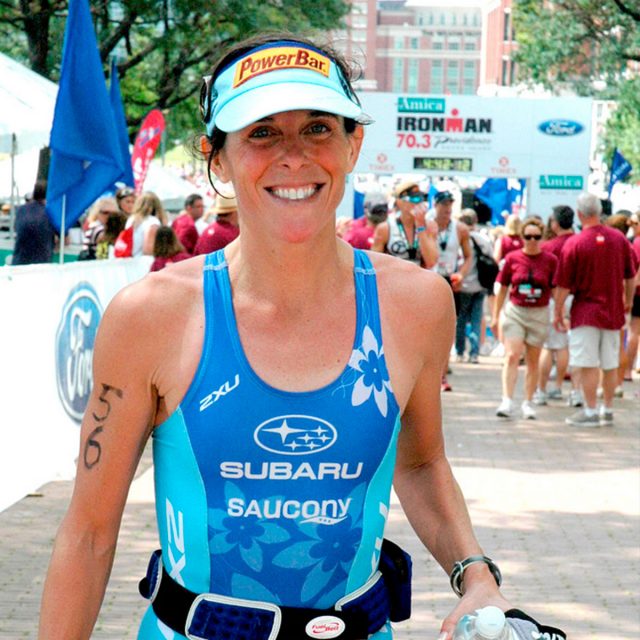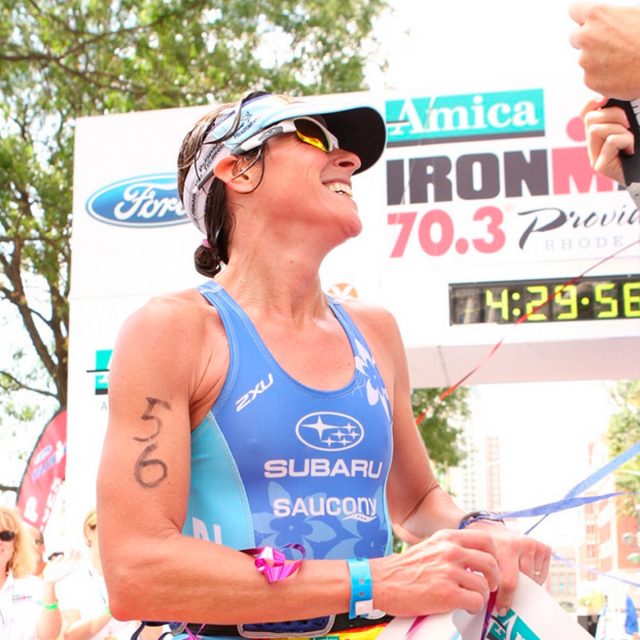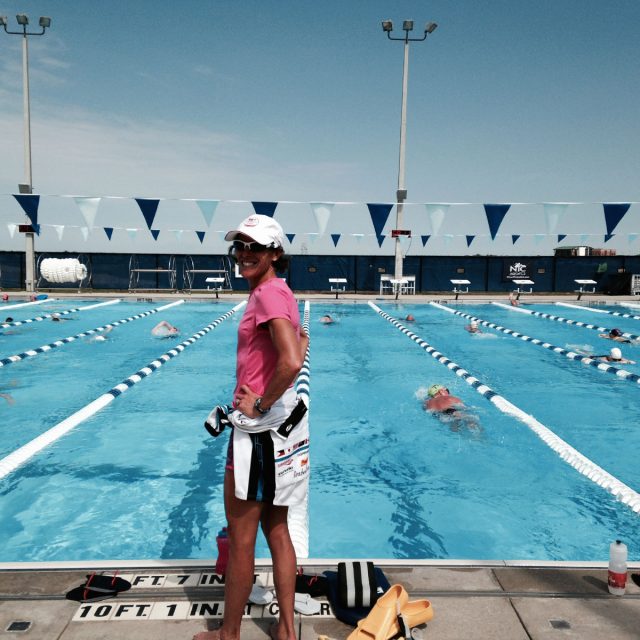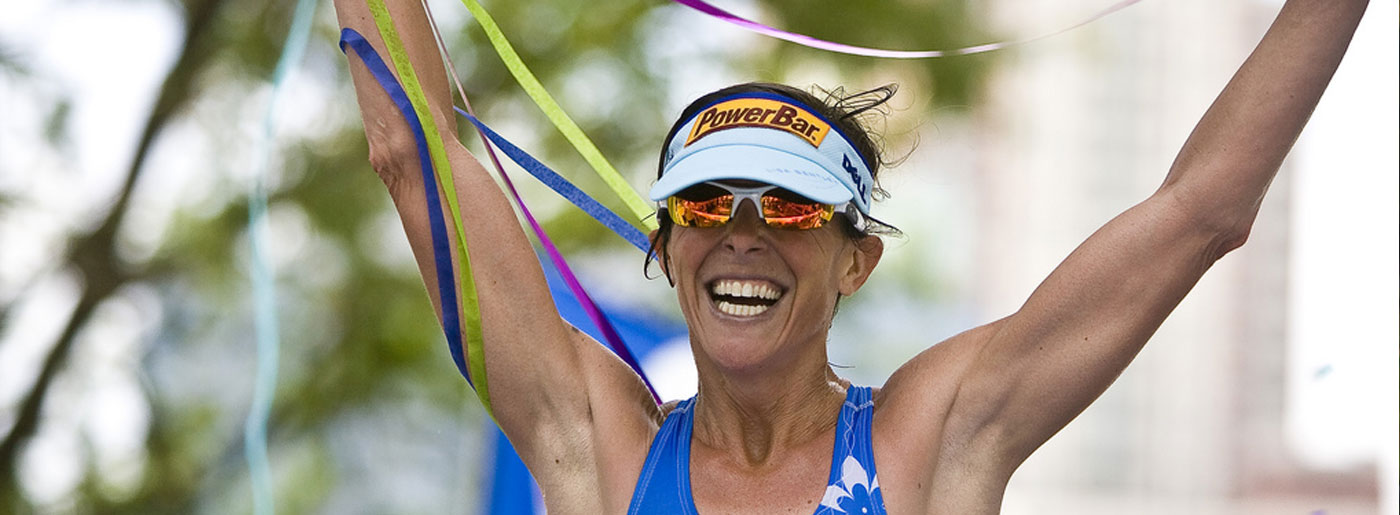If you’ve recently decided to take up running, setting realistic goals is a major key to your personal success.
We spoke with Lisa Bentley an 11-time IRONMAN Champion, professional coach, and Triathlon Canada and Etobicoke Sports Hall of Famer. Lisa shared insights on how she successfully crafted the goals that guided her in a successful career and offered her advice for setting and meeting realistic running goals for beginners.

1. Start small and work your way to the top
If you’re new to running, it’s important to set achievable goals.
Start with a 30-minute walk/run, alternating between jogging for 30 seconds and walking for a minute and a half.
You’ll be surprised how well this will develop your running as you gradually increase your running time and decrease your walking time.
You’ll notice you’ll go from running 15 minutes straight, to 20 minutes, and eventually to a full 5K.
2. Be realistic
The biggest mistake you can make is picking a running goal that’s not realistic.
A lot of people say they want to complete an IRONMAN or win a World Championship, but don’t realize how difficult it is to train for one. While it’s not impossible, a lot of sacrifices are needed to complete such a goal, so make sure the expectations you set for yourself are achievable – and that you’re willing and able to put in the work.
This may mean completing a 5K, then a 10k, and moving onto a half IRONMAN before completing an IRONMAN.
Start with a 30-minute walk/run, alternating between jogging for 30 seconds and walking for a minute and a half.
3. Determine what you want to accomplish most
When I’m coaching a runner, I ask what goal they ultimately want to accomplish. Do they have a specific PR in mind?
Whatever their goal may be, I look at their lifestyle and training level and then build a plan around it. For example, if I have an athlete with an injury, I’ll create a program that allows me to minimize the activity that stirs that injury and maximize other training.
If their goal is to compete in an IRONMAN, then I know I need six months to train them, using the first three months to get them fit and ready to train.
So, identify your big goal, and then consider the ways you will get there.
4. Keep yourself accountable
I tend to coach a lot of executives who work long hours, so I advise them to train early in the morning.
Training is an outlet that can be the best part of participating in a race.
If you have a full-time job, whether you’re a CEO or a teacher, chances are there are a lot of other things competing for your time once you get off work, like being a parent. Training is an outlet for many people and can be the best part of participating in a race, so use that as motivation to stay on task.
5. Track and evaluate your progress

I am a believer in perceived effort and doing the best that you can, but I also look at numbers and stats, like mph and heart rate. Polar V800 and Polar M400 are like coaches giving me a kick in the pants to get to work because I can visibly see when I am not running fast enough or going hard enough.
I look at my run sessions on Polar Flow and chart progress on certain workouts according to speed. If my speed isn’t improving from workout to workout, then maybe a certain time goal for a 5K or 10K is not achievable. This doesn’t mean I give up on that goal, but if I can’t hit certain speeds in workouts then there isn’t going to be a miracle to make that happen on race day, and this means it’s time to modify my goal.
While you don’t want to evaluate too often, it’s helpful to evaluate a session every ten days where you look at things like mph, wattages, speed, and heart rate.
6. Your health always comes first
Early in my career, my goals were to be the best athlete I could be – swim the best, run the best, and bike the best that I could – and ultimately be faster, stronger, and fitter.

I set goals during every session, and although I always wanted to win, my personal health, fitness, and performance are what came first. As I got older and injuries came to the forefront, I shortened my distances, decreased my sessions, and focused on getting to the finish line as healthy as I could, hoping that my talent and experience could make up for the lack of training that my body couldn’t handle anymore.
Now that I’m retired, my goals are to remain fit and healthy, rather than winning a race.
If you liked this post, don’t forget to share so that others can find it, too.
Or give it a thumbs up!
I like this article
Please note that the information provided in the Polar Blog articles cannot replace individual advice from health professionals. Please consult your physician before starting a new fitness program.




